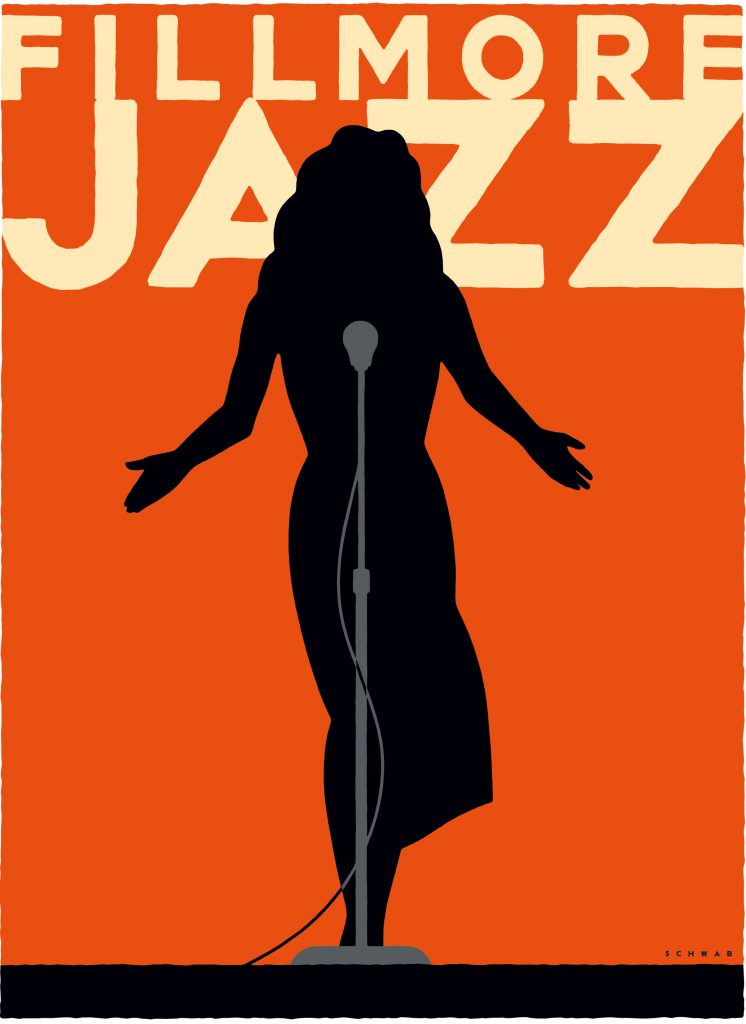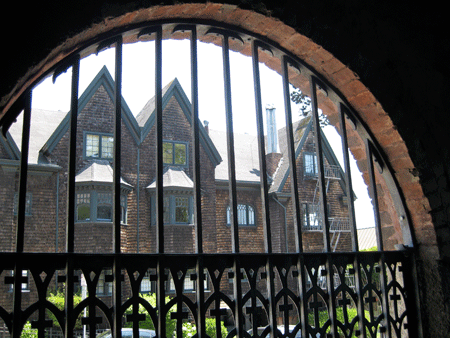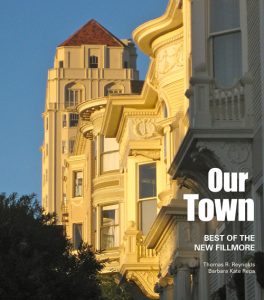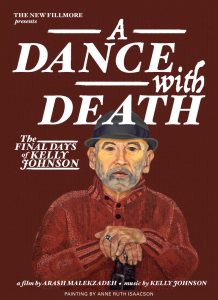ART | Jerome Tarshis
“The Steins Collect,” the excellent exhibition now at the San Francisco Museum of Modern Art, focuses on Gertrude Stein for understandable reasons: She was one of the most celebrated writers of the 20th century and, together with Alice B. Toklas, was also the dominant half of the most famous lesbian couple in history. Hers is the most recognizable name in the family.
Her brother Leo, a gifted explainer of the art he and his sister collected, and himself an occasional painter, was in his own way equally pyrotechnic until he almost willfully burned himself out and broke with Gertrude in 1913.
Their brother Michael and his wife, Sarah, presented themselves less brilliantly. Unlike Gertrude and Leo, birds of passage who left the Bay Area at an early age for Harvard, Johns Hopkins and then Paris, Michael and Sarah were deeply established in the city’s commercial and social life.
Sarah’s father was the chief operating officer of The City of Paris, a major department store. After graduating first in her class from high school, she took lessons at the Mark Hopkins Institute of Art, a predecessor of today’s San Francisco Art Institute. It was an appropriate thing for a young woman in her position to do, and she continued as a serious amateur painter for years to come.
Michael, though never a practicing artist, had been walked through the museums of Vienna and Paris in his childhood, and tutored in foreign languages. That reflected the cultural aspirations of his father, a German-Jewish immigrant, who upon moving to the Bay Area invested in streetcar stock and dreamed of uniting all of San Francisco’s streetcar lines in one company. Michael eventually put together the Market Street Railway, where his father had failed, and built what is described as San Francisco’s first rental flats in a building that still stands at the corner of Washington and Lyon Streets. He moved in with his young wife not far away at 707 Pierce Street, near Fillmore, in the heart of the city’s Jewish district.
Michael and Sarah Stein collected art in a fairly conventional way: paintings by early California’s great landscape painter, William Keith, and quintessential establishment painter Arthur Mathews; plus the Chinese and Japanese art that offered a Bay Area alternative to great European art, which could seem culturally or economically out of reach.
In 1901 the San Francisco Chronicle reported: “Mrs. Michael Stein, a very modest collector, has some of the best bits of pottery in the city, among them a piece of very old and genuine Satsuma unequaled in color and shape.”
Soon after Leo and then Gertrude settled in Paris, Michael sold his interest in the streetcar company and, with Sarah and their young son, Allan, left San Francisco, found an apartment in Paris in 1904, and continued acquiring art.
The first truly radical purchase in “The Steins Collect” was Gertrude and Leo’s acquisition of Matisse’s Woman With a Hat. They did not immediately fall in love with the painting, which was disliked by nearly everyone, conservative or avant-garde, who saw it exhibited at the 1905 Salon d’Automne. Leo described it as “a thing brilliant and powerful, but the nastiest smear of paint I had ever seen.”
Matisse afterward contended that it was Sarah who persuaded Leo to buy it; she and Michael couldn’t afford it at the time. Therese Ehrman, who came with them from San Francisco as their au pair, later wrote: “I still can see Frenchmen doubled up with laughter before it, and Sarah saying ‘it’s superb’ and Mike couldn’t tear himself away.”
The Steins didn’t buy art on the scale of the truly rich, but they did exhibit their own prescient collections and offer hospitality and conversation. On Saturday evenings they opened their apartments to visitors, Gertrude and Leo (and later Alice B. Toklas) at 27 rue de Fleurus, and Michael and Sarah nearby at 58 rue Madame. Saturdays with the Steins attracted a shifting group of artists, writers, public figures and potential collectors; the two salons quickly took on major importance in the cultural life of Paris.
By the end of World War I, Michael and Sarah found their interests gradually shifting. Sarah was attracted to Christian Science and eventually qualified as a Christian Science practitioner. Together with a friend they made through Christian Science, Gabrielle Colaco-Ossorio, also originally Jewish, they commissioned Le Corbusier to design and build a suburban villa; in 1928 they moved in.
Although Michael and Sarah could no longer afford to be major patrons of Matisse, the two families went on as great friends. Matisse showed Sarah new work and valued her opinions. Their face-to-face relationship ended in 1935, when in response to the deteriorating situation in Europe, threatening to Jews and almost equally to non-Jews, Michael and Sarah moved back to the United States, settling with Gabrielle and her family in Palo Alto. Matisse proclaimed himself desolated by her leaving, and the two continued to correspond almost until the end of their lives. She died in 1953, he in 1954.
Although Sarah had some thought of giving her collection to San Francisco’s new modern art museum, she instead began selling off paintings to finance her grandson, Daniel, as a breeder and trainer of race horses. She may have been imprudent, but it was not wholly unmotivated: Daniel had been outstandingly supportive in the dark time after Michael’s death, in 1938.
To avoid the irretrievable dispersal of the collection, Sarah’s friend Elise Stern Haas joined with a group of friends, many of them like her residents of Pacific Heights, in buying Sarah’s paintings one at a time with a view to their eventual acquisition by the new museum. “Of course, I should have bought the whole collection,” she later reflected; unlike many, she could have. Her piecemeal efforts succeeded, however: Many of Michael and Sarah’s paintings did go to SFMOMA, and Woman With a Hat, which began it all, is today one of the crown jewels of the museum’s collection.
It is reunited with many other works of art once owned by the family in “The Steins Collect,” which continues at the museum through September 6.
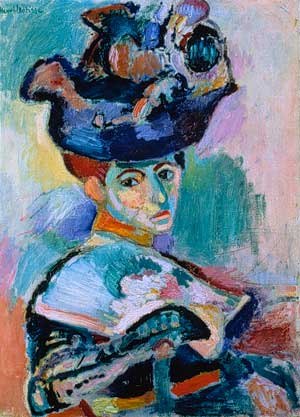
Woman With a Hat | Henri Matisse
Filed under: Art & Design, Locals


